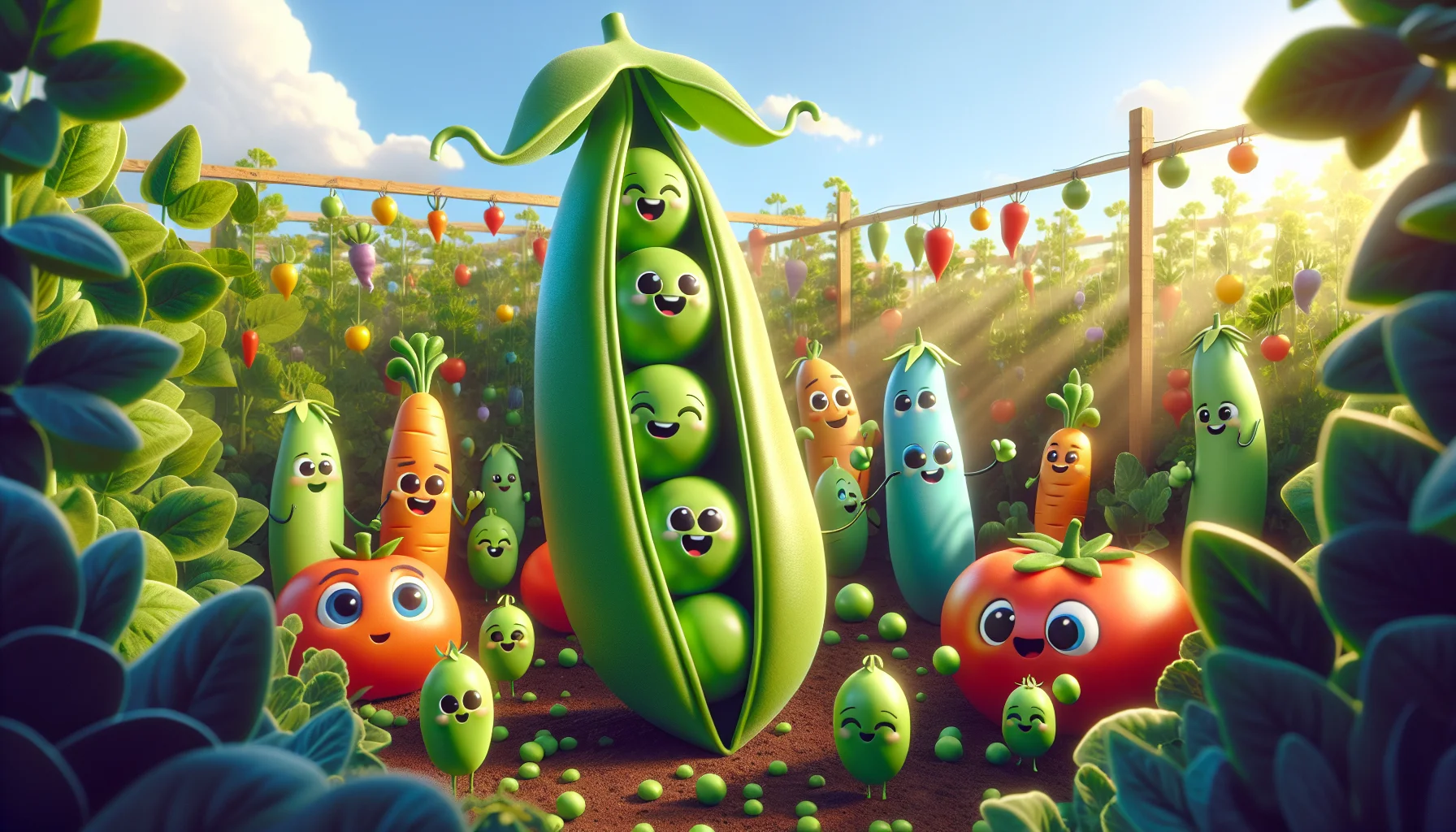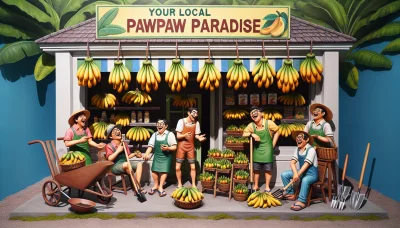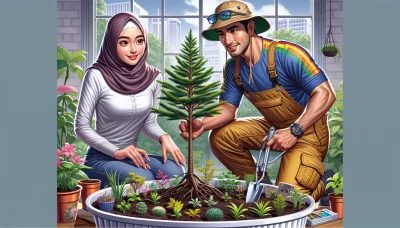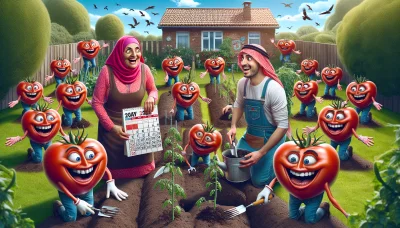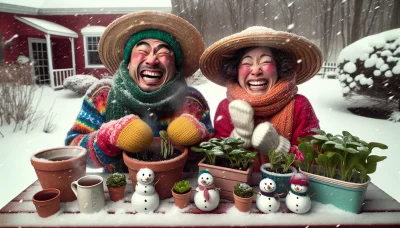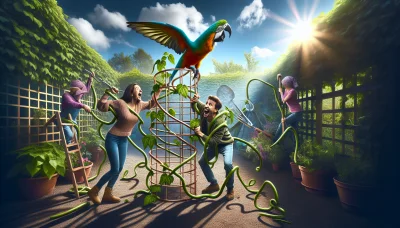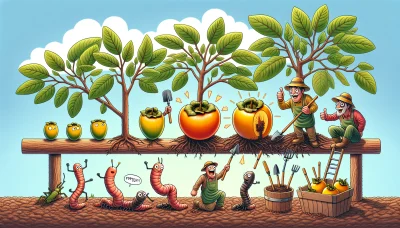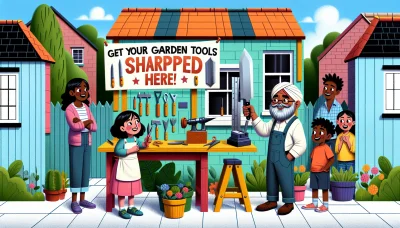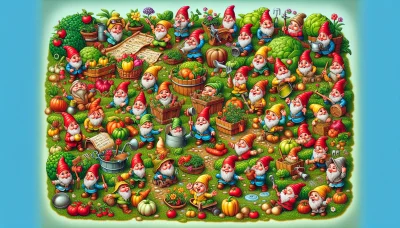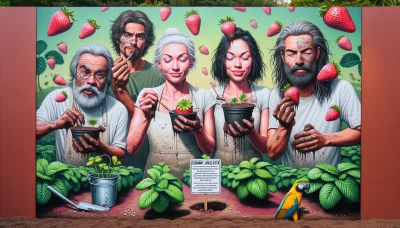Pea in pod Quiz
Test Your Knowledge
Question of
Understanding the Basics of Peas in a Pod
Peas in a pod are a fascinating aspect of gardening, showcasing the beauty and efficiency of nature's design. When we discuss peas growing in pods, we're talking about how these edible legumes develop within a protective casing or pod. This pod is not only a vessel for the peas but also plays a crucial role in their development and maturation. As gardeners, understanding the growth cycle of peas, from flowering to pod formation, is essential. The pods grow from the flowers of the pea plant, which, after pollination, gradually swell to form the pods we are familiar with, each containing multiple peas. These pods serve as a natural barrier, protecting the peas from pests and environmental stressors until they are ready to be harvested. For those interested in gardening, cultivating peas can be a rewarding experience, offering insights into the plant's life cycle and the satisfaction of harvesting fresh peas straight from the pod.
Choosing the Right Variety of Peas for Your Garden
When it comes to planting peas in your garden, the variety you choose can greatly impact your harvest's success and flavor. Among the popular choices are sugar snap peas, snow peas, and garden peas, each with its unique characteristics and requirements. Sugar snap peas are known for their crunchy texture and sweet flavor, making them a favorite for both raw and cooked dishes. They thrive in cooler temperatures and can be a great addition to a spring or fall garden. Snow peas, with their edible pods and slightly sweet taste, prefer similar cool conditions and are often used in stir-fries and salads. Garden peas, or shelling peas, require a bit more work at harvest time since the peas need to be removed from the pod, but their delightful taste is worth the extra effort. They are versatile and can adapt to a wider range of climates compared to their counterparts. When selecting a pea variety, consider your local climate and soil type. Well-draining soil and cooler weather conditions during the growing season can lead to a bountiful pea harvest, no matter which type you decide to grow.
Step-by-Step Guide to Planting Peas
- Choose a sunny spot in your garden with well-draining soil.
- Prepare the soil by turning it over with a shovel to a depth of about 8 inches. Mix in compost or aged manure to enrich the soil.
- Ensure the soil temperature is at least 45°F (7°C) as peas are cool-weather crops and can be planted in early spring.
- Soak pea seeds in water for 24 hours before planting to speed up germination.
- Sow the pea seeds directly into the soil. Plant them about 1 inch deep and 2 inches apart.
- If planting rows of peas, space the rows about 18 inches apart.
- Water the planted area gently but thoroughly to moisten the soil without disturbing the seeds.
- As the peas grow, support them with trellises or stakes, especially for climbing varieties.
- Keep the soil moist but not waterlogged, watering 1 inch per week if there is no rain.
- Watch for pests such as birds or insects and use appropriate measures to protect your plants.
Caring for Your Pea Plants
Pea plants are a rewarding addition to any garden, but they do require specific care to thrive. Watering should be consistent, aiming to keep the soil moist but not waterlogged. Pea plants prefer cooler temperatures and can do well in partial sunlight, although they can also tolerate full sun, especially in cooler climates. Fertilization needs are generally low for peas since they are legumes that fix their own nitrogen from the air. However, a light application of a balanced, all-purpose fertilizer at planting can help give them a good start. With the right care, your pea plants will produce a bountiful harvest.
Common Pests and Diseases Affecting Pea Plants
- Aphids: Small, soft-bodied insects that can spread disease. Prevention includes regular inspection and washing them off with water or using insecticidal soap.
- Powdery Mildew: A fungal disease that coats leaves in a white, powdery substance. Improve air circulation and avoid overhead watering to prevent its spread.
- Pea Moth: Caterpillars that feed inside the pods. Use floating row covers to prevent moths from laying eggs on the plants.
- Fusarium Wilt: A soil-borne fungal disease causing yellowing and wilting. Plant resistant varieties and ensure good soil drainage.
- Root Rot: Caused by overwatering or poor drainage, leading to decayed roots. Ensure well-draining soil and avoid overwatering.
- Pea Enation Mosaic Virus: Spread by aphids, it causes distorted growth and reduced yield. Control aphid populations and remove infected plants promptly.
Harvesting and Storing Peas
Knowing when peas are ready to harvest is key to enjoying their full flavor and nutritional benefits. Generally, peas should be picked when they are plump, but before they begin to harden. For most varieties, this means the pods will have a bright, vibrant color and will feel slightly firm to the touch. The exact timing can vary depending on the type of pea and local growing conditions, so it's important to monitor them closely as they reach maturity.
Once harvested, storing peas properly is crucial to maintain their freshness. Fresh peas should be refrigerated as soon as possible after picking. If you cannot eat them right away, blanching and then freezing peas is an effective way to preserve their quality. To do this, boil them briefly in water, then cool them quickly in ice water before draining and freezing. This process helps maintain their color, texture, and nutritional value, allowing you to enjoy the taste of fresh peas long after the harvest season has ended.
Benefits of Growing Peas in Your Garden
Peas are not only a nutritious addition to your diet, offering a rich source of protein, vitamins, and minerals, but they also play a crucial role in enhancing soil health. Through a process known as nitrogen fixation, peas can convert atmospheric nitrogen into a form that is usable for plants, thereby enriching the soil in which they grow. This makes them an excellent choice for gardeners looking to naturally improve their garden's fertility without the use of chemical fertilizers. Additionally, the satisfaction of harvesting your own peas, which can be grown in a variety of climates and soil types, makes them a rewarding addition to any garden. Whether you're a seasoned gardener or just starting out, incorporating peas into your garden can yield bountiful benefits both for your health and the environment.
